Do you have a question about the Chevrolet 2005 Epica and is the answer not in the manual?
Details on manual and power seat adjustments, lumbar support, and heating.
Information on rear seat operation and folding the seatback for cargo space.
Explains the importance, proper use, and types of safety belts for all occupants.
Covers proper use, types, and installation of child restraint systems for infants and older children.
Describes airbag locations, deployment conditions, and safety precautions.
Guidance on inspecting safety belts, buckles, and airbag covers for proper function.
Information on vehicle keys, ignition, and electronic immobilizer system.
Details on manual and power door locks, child security locks, and lockout protection.
Operation of power windows and window lockout feature.
Explains the vehicle's theft-deterrent system and immobilizer operation.
Covers new vehicle break-in procedures and ignition positions.
Adjustment and features of manual and automatic dimming rearview mirrors.
Locations and use of glove box, cupholders, and other storage compartments.
Operation of the vehicle's sunroof feature.
Identifies main components of the instrument panel with references.
Explains the function and location of hazard warning flashers.
How to operate the vehicle's horn.
How to adjust the steering wheel's tilt position.
Operation of turn signals, headlamps, and flash-to-pass features.
Operation of windshield wipers, including intermittent and automatic modes.
How to set, use, and adjust cruise control for maintaining speed.
Controls for parking lamps, headlamps, and auto-off features.
Functionality and conditions for daytime running lamps.
Operation of fog lamps for improved visibility in poor conditions.
Adjusting the intensity of the instrument panel illumination.
Operation of manual and automatic climate control systems for heating and cooling.
Explanation of warning lights, gages, and indicators on the instrument panel.
Overview of the instrument cluster and its functions.
Indicates a problem with the engine, fuel, or emission control systems.
Alerts to low engine oil pressure, indicating a critical issue.
Indicates the status of the airbag system and potential malfunctions.
Shows whether the front passenger airbag is enabled or disabled.
Alerts to potential issues with the hydraulic brake system.
Information on operating the vehicle's radio, CD player, and other audio features.
Principles and techniques for driving defensively and anticipating hazards.
Consequences of driving under the influence of alcohol and its effects.
Understanding the systems (brakes, steering, accelerator) that control vehicle movement.
Explanation of perception time, reaction time, and stopping distances.
How the ABS system works to prevent braking skids.
Techniques for emergency braking, including steering.
How the TCS limits wheel spin to improve traction.
Information on power steering and speed-sensitive power steering systems.
Tips and precautions for safely passing other vehicles.
What happens when control systems lack friction, and emergency steering techniques.
Tips for safer night driving, including vision and glare reduction.
Precautions for driving in wet conditions and hydroplaning.
Guidelines for properly loading the vehicle to maintain safe handling and weight distribution.
Information on towing your vehicle, including professional and recreational towing.
Encouragement to use GM dealers for service and genuine GM parts.
Advice on using service manuals and safety precautions for DIY maintenance.
Importance of using recommended fuel and proper maintenance.
Recommended octane rating and potential issues with lower octane fuel.
Safety precautions and procedures for refueling the vehicle.
General checks and safety precautions for inspecting under the hood.
Checking and maintaining the engine oil level and its importance.
Specifications and recommendations for engine oil viscosity and certification.
Explains short trip/city vs. long trip/highway maintenance schedules.
Location and inspection/replacement intervals for the engine air filter.
Explanation of coolant mixture, its benefits, and system requirements.
How to check coolant level in the surge tank and identify potential leaks.
What to do if the engine overheats, including safety warnings.
When and how to check power steering fluid levels.
What type of fluid to use and how to add it, with cautions.
Information on brake fluid level, warnings, and system operation.
How to identify brake pad wear and safety implications.
Importance of using approved GM parts for brake system replacements.
Information on maintenance-free batteries and replacement.
Step-by-step guide for safely jump-starting the vehicle's battery.
General guidance on replacing bulbs and contacting the dealer for unlisted procedures.
Procedure for replacing low-beam and high-beam headlamp bulbs.
Importance of tire quality, warranty, and maintenance information.
Explanation of information molded into the tire sidewall.
Importance of correct tire pressure and how to check it.
Guidelines for inspecting tires for wear and performing regular rotation.
Indicators that signal the need for new tires.
Advice on selecting and purchasing new tires.
General tips for cleaning and maintaining the vehicle's appearance.
Best practices for washing the vehicle to preserve its finish.
Information on the VIN and engine identification codes.
Explanation of fuses, circuit breakers, and their locations.
Necessity of following scheduled maintenance for vehicle condition and warranty.
Breakdown of the maintenance schedule into five parts.
Explains services and their intervals, recommending dealer service for complex jobs.
How to use the schedule based on driving habits and conditions.
Guidance on choosing between Short Trip/City and Long Trip/Highway schedules.
Lists owner checks and services to ensure vehicle safety and dependability.
Underhood checks recommended every time the vehicle is refueled.
Checks and services recommended to be performed monthly.
Inspecting safety belts, buckles, and airbag covers for proper function and condition.
Checks and services recommended to be performed twice a year.
Checks and services recommended to be performed annually.
Lists inspections performed by the dealer's service department.
Lists recommended fluids and lubricants for vehicle maintenance.
A place to record maintenance performed and retain receipts.
General information on customer support and assistance.
Steps to follow to resolve concerns with dealers or Chevrolet.
Resource for GM ownership needs, service reminders, and vehicle information.
Contact information for customers with hearing or speech impairments.
Contact details for Chevrolet Customer Assistance Centers in the US and Canada.
Program for reimbursing adaptive equipment costs for qualified applicants.
Services provided for vehicle breakdown assistance, including towing and jump starts.
Program offering transportation options during warranty repairs.
Information on vehicle computer systems and data recording, including crash events.
Procedures for reporting safety defects to government agencies and General Motors.
How to order service manuals and other technical publications.
| Brand | Chevrolet |
|---|---|
| Model | 2005 Epica |
| Category | Automobile |
| Language | English |
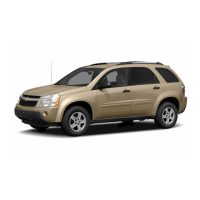
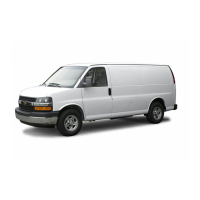

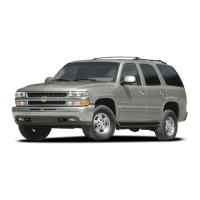

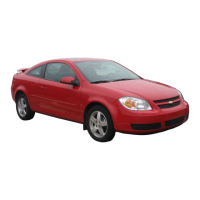


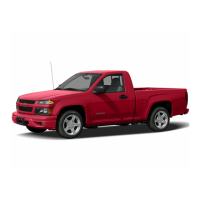

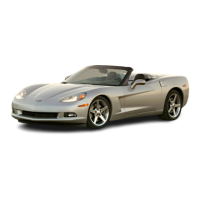
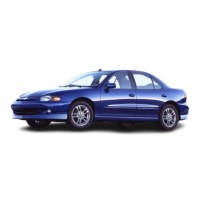
